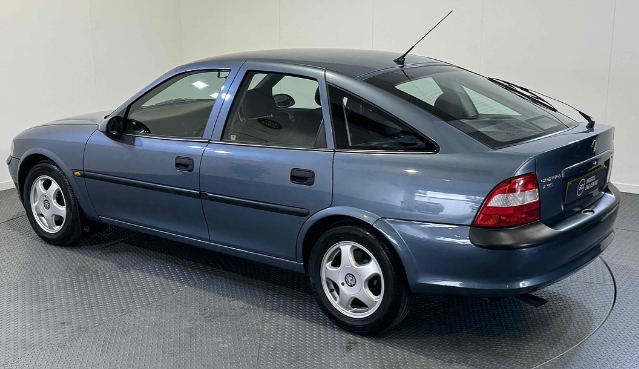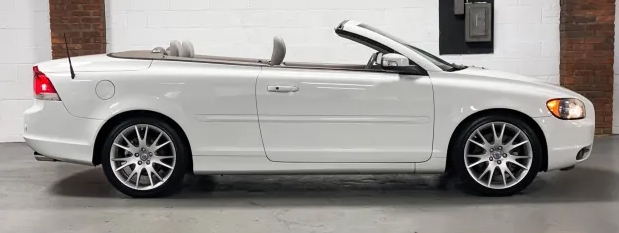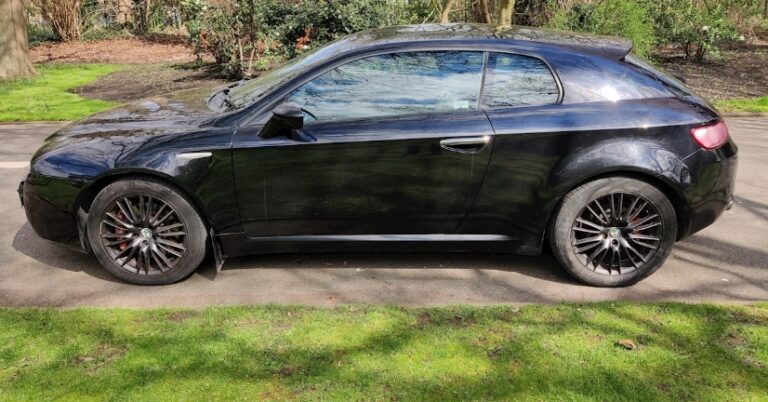The Evolution of the Opel Vectra: A Comprehensive Overview
The Opel Vectra has been a significant model in Opel’s lineup, representing a blend of practicality, innovation, and European automotive design from its inception in the late 1980s through its discontinuation in the mid-2000s. Over the decades, the Vectra evolved through multiple generations, each marked by technological advancements, design changes, and a broad array of trim levels and engine options. This article provides a detailed account of the Opel Vectra’s development, models, and trim levels from its inception to its final production.
First Generation (1988–1995): The Opel Vectra A
Introduction and Overview:
Launched in 1988, the Opel Vectra A was introduced as a successor to the Opel Ascona. It was built on the GM “U” platform, shared with other models like the Vauxhall Cavalier and Holden Camira. The Vectra A marked Opel’s move towards more aerodynamic styling and modern engineering.
Production Years:
- 1988 to 1995
Market and Variants:
The Vectra A was available in multiple body styles, including sedan, hatchback, and estate (station wagon). It was primarily designed for European markets, with some exports to other regions.
Models and Trim Levels:
Initially, the Vectra A was offered in several trim levels, tailored to different markets:
- L – Base model, basic equipment, minimal features.
- GL – Mid-range trim with additional comfort and convenience features.
- GLS – Higher trim level offering more luxury features such as upgraded interior materials, power windows, and improved audio systems.
- SR – Sportier version with aesthetic enhancements and sometimes sport-tuned suspension.
- CD – Higher-end models with upgraded audio and interior features.
Engine Options:
The Vectra A offered a range of engines, including:
- Petrol: 1.6L, 1.8L, 2.0L, and 2.0L 16-valve engines.
- Diesel: 1.7L and 2.0L naturally aspirated diesel engines.
Notable Features:
The Vectra A introduced features such as front airbags (later in the production cycle), anti-lock braking system (ABS), and improved aerodynamics. It was praised for its spacious interior and solid build.
Second Generation (1995–2002): The Opel Vectra B
Introduction and Overview:
The second-generation Vectra, designated as Vectra B, arrived in 1995. Built on the GM “Epsilon” platform, it marked a significant step forward in design, safety, and technology.
Production Years:
- 1995 to 2002
Design and Market Position:
The Vectra B featured a more modern, aerodynamic design with rounded lines. It was available in sedan, hatchback, and estate variants, and was marketed across Europe and beyond.
Models and Trim Levels:
The Vectra B lineup included various trim levels, often tailored to specific markets:
- LS – Entry-level with essential features.
- GL – Mid-range trim with added comfort features.
- GLS – Higher trim with luxury touches.
- SRi – Sportier variant with sport suspension, sport seats, and distinctive styling cues.
- VXR/Opel Vectra GTS (later in the cycle) – High-performance models.
Special Editions and Variants:
Throughout its production, Opel introduced special editions such as the “Elegance” and “Expression,” which offered unique styling and feature packages.
Engine Options:
The Vectra B offered an extensive range of engines:
- Petrol: 1.6L, 1.8L, 2.0L, 2.2L, 2.6L V6, and 3.0L V6.
- Diesel: 1.7L, 1.9L, and 2.2L CDTI (Common Rail Turbo Diesel).
Innovations:
The Vectra B introduced features like traction control (ASR), improved crash safety with reinforced structures, and more sophisticated suspension systems.
Performance Models:
The VXR (later called GTS) was the high-performance variant, featuring a turbocharged 2.0L engine producing around 204 horsepower (in some markets), sport-tuned suspension, and aggressive styling.
Third Generation (2002–2008): The Opel Vectra C
Introduction and Overview:
Launched in 2002, the third-generation Vectra C was built on GM’s Epsilon II platform. It represented a major redesign emphasizing style, comfort, and advanced technology.
Production Years:
- 2002 to 2008
Design and Features:
The Vectra C showcased a more refined, contemporary look with aerodynamic lines, a sleek front grille, and improved interior ergonomics. It was available as a sedan, hatchback (known as the GTS in some markets), and estate.
Models and Trim Levels:
Trim levels varied by market but generally included:
- Club – Entry-level trim with basic features.
- Elegance – Mid-tier offering more comfort and luxury.
- Active – Sportier trim with additional equipment.
- GTS – The sporty hatchback version, often equipped with more dynamic suspension and styling.
Special Editions:
Opel released several special editions, such as the “Cosmo,” “Expression,” and “Sport” versions, offering aesthetic upgrades and additional features.
Engine Options:
The Vectra C offered a wide selection of engines:
- Petrol: 1.8L, 2.0L, 2.2L, 2.8L V6 (in some markets), and the high-performance 2.8L V6 turbo.
- Diesel: 1.9L CDTI (common rail turbocharged), 2.0L CDTI, and 3.0L V6 CDTI.
Technological Advancements:
The Vectra C integrated features like adaptive cruise control, electronic stability control, and improved safety systems. It also boasted better ride quality and quieter cabins.
Performance Variants:
The VXR version of the Vectra C was introduced as a high-performance model, powered by a 2.8L turbocharged V6 engine delivering around 240 horsepower, with sport-tuned suspension and aggressive styling.
We LOVE cars & cruising around, but sometimes day trips to explore new cities are required (with family or friends) for a spice of variety in your life!
So GO explore!
Cruises & Day/Night City Tours to: Baltimore, Boston, Chicago, Marina Del Ray, New York, Niagara, Philadelphia, San Diego, San Francisco, Toronto, Washington DC, etc.:

.
Discontinuation and Legacy
The Opel Vectra line was discontinued in 2008, replaced by the Opel Insignia in many markets. The Vectra’s legacy lies in its evolution from a practical family car to a more refined, technologically advanced vehicle. Its various models and trim levels reflected the changing demands of consumers and technological progress over two decades.
Summary of Key Dates and Models:
| Generation | Production Years | Notable Models/Trims | Engine Highlights | Key Features |
|---|---|---|---|---|
| Vectra A | 1988–1995 | L, GL, GLS, SR, CD | 1.6L–2.0L petrol, 1.7L–2.0L diesel | Aerodynamic design, safety features |
| Vectra B | 1995–2002 | LS, GL, GLS, SRi, GTS | 1.6L–3.0L petrol, 1.7L–2.2L diesel | Safety, sport variants, special editions |
| Vectra C | 2002–2008 | Club, Elegance, Active, GTS, VXR | 1.8L–3.0L petrol, 1.9L–3.0L diesel | Advanced tech, safety systems, high-performance VXR |
Conclusion
The Opel Vectra’s evolution reflects the broader trends in automotive design and technology from the late 20th century into the early 21st century. From its modest beginnings as a practical family car, it grew into a sophisticated vehicle with sporty and luxurious variants, embracing innovations such as safety systems, turbocharging, and refined styling. While production ceased in 2008, the Vectra remains a significant chapter in Opel’s history, appreciated for its versatility, engineering, and contribution to European automotive culture.







